Ambassadors for
fine Italian wines
at U.S. & NATO military Bases and
Qualified International Businesses worldwide
WOODAB LLC., is a U.S. registered entity that has been in the business of representation, marketing and sales promotion of fine Italian wines and other products since its inception in 2005. We are a U.S. company, that has worked successfully with a proven track record for excellence in promotion of sales events, and wine tastings; apart from significantly increasing sales in the Mediterranean area for the U.S. Navy Exchanges in Japan, Italy, Sicily, Bahrain and Spain; we have also begun working with civilian commercial entities in foreign countries, and seek to establish sales accords of our products in those countries as well as within the U.S. with businesses that are not legally bound through other contractual accords.
VINEYARDS
Visit & Take A Tour
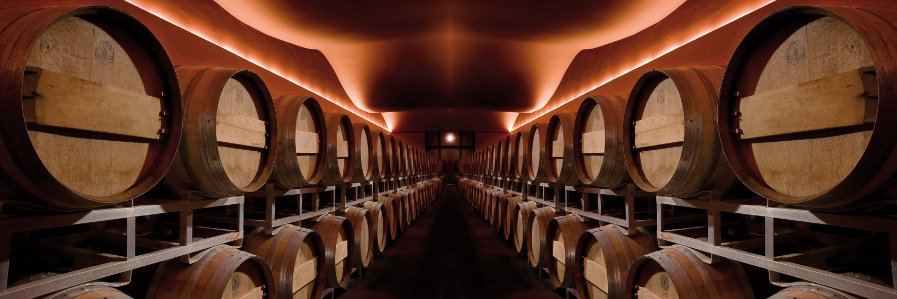
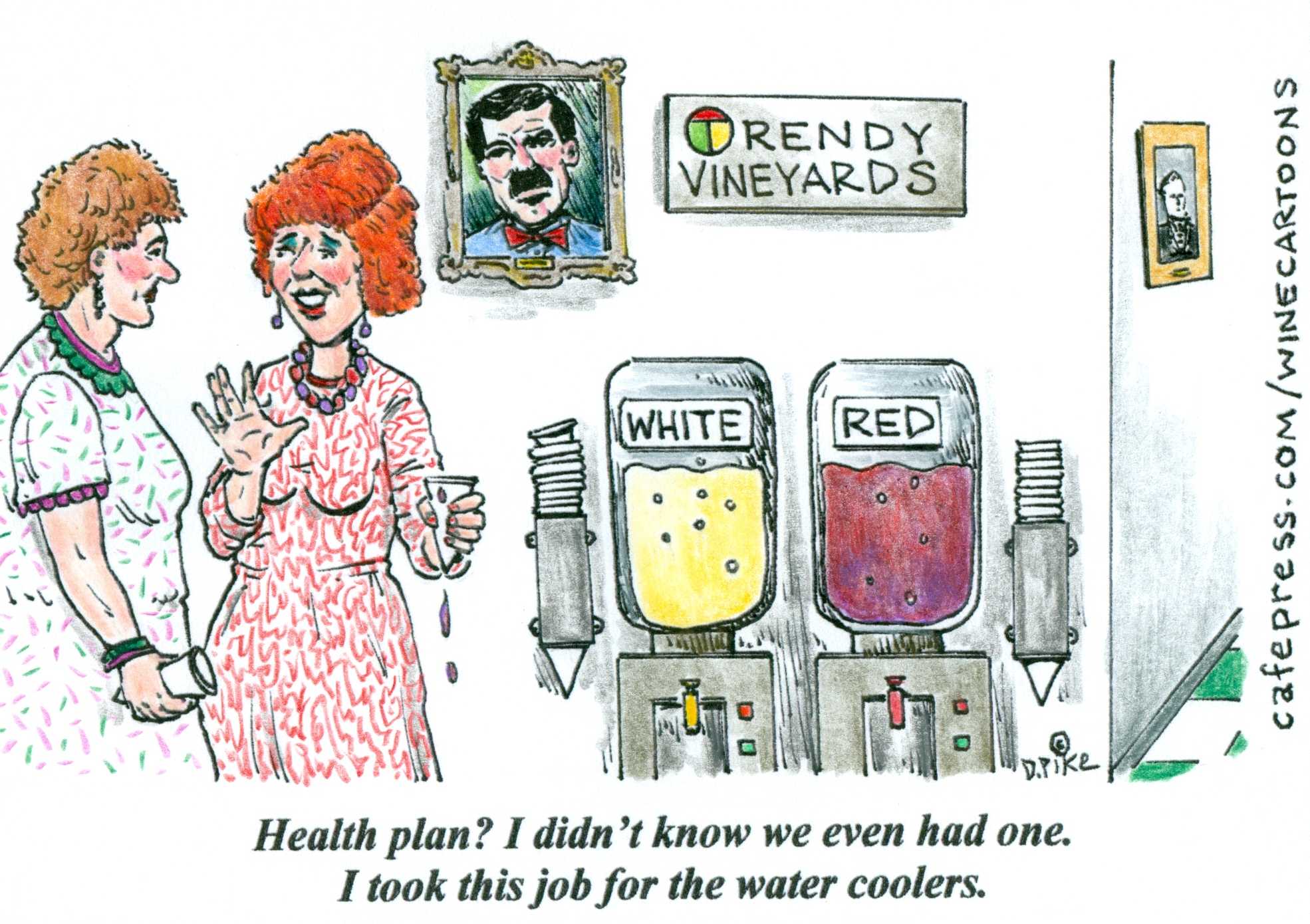
ITALIAN WINES
Woodab LLC
Italy has a rich and diverse wine heritage that dates back more than two
thousand years. Famous for its bewildering diversity of grape varieties
and wine styles, Italy is the world’s largest exporter of wine, to wit, in
the past year, it sent the equivalent of more than 32 million cases to the
United States alone. There are 75,000 wine producers in the country
producing roughly 1000 wine varieties from twenty different regions
spread over the boot shaped peninsula, which boasts a mix of terrain
and climates that provide ideal conditions for the many types of grape
vines. Choose from our Barolos, Barbaresco, Brunello, famous
Sangiovese Reds from Montepulciano & Montalcino, Chianti, Aglianico,
Barberas, Fiano, Greco Di Tufo, Primitivos, wines from the ancient
Roman grapes of Casavecchia and Pallagrello, plus enchanting wines
from the slopes of Mt Etna, Europe’s highest volcano. Crips, fresh and
fruity long lasting whites are our specialty. The wineries we represent
are the best from within the various regions from which they come; we
base our continued selection on the ratings given the various
professional magazines on wines and the sales results from the various
military exchanges throughout the Mediterranean and the Pacific.
Enology is key in our selection as well, and our wine assortment is
selected to be the best!
EXTRA VIRGIN OLIVE OIL:
BALSAMIC VINEGAR
PASTA
Our Products
Best Wine Collection
How to Read an Italian Wine Label
European labels can be difficult to read, especially those from Italy. A few key
terms can help you understand the implications of the language on your
bottle.
DOCG: An abbreviation for Denominazione di Origine Controllata e Garantita.
It’s the top classification for Italian wines. Strict rules govern all aspects of
production. They include where the grapes can be grown, what varieties are
allowed and how wines can be aged. There are 74 DOCGs in Italy, with the
latest addition in 2011.
DOC: An abbreviation for Denominazione di Origine Controllata. Is one step
below DOCG. Rules govern production and style but aren’t as stringent as
those for DOCGs. There are 334 DOCs in Italy, with the most recent additions
approved in mid-2017.
IGT: An abbreviation for Indicazione Geografica Tipica. Introduced in 1992,
this classification allows winemakers to use grapes and craft styles not
allowed under DOC and DOCG regulations. There are currently 118 IGTs in
Italy.
Riserva: Denotes a wine aged for significantly longer than usual, though rules
vary among the denominations.
Superiore: Denotes a higher-quality designation, tacked on generally to a
regional name (i.e., Soave Superiore).
Classico: Denotes wines from a zone within a region (i.e., Chianti Classico)
considered the original area of production.
Azienda Agricola: A farm or estate that produces its own grapes for the
production of its wines.
Annata or Vendemmia: A specific harvest or vintage.
Produttore: Producer
Tenuta: Estate
Vigneto: Vineyard
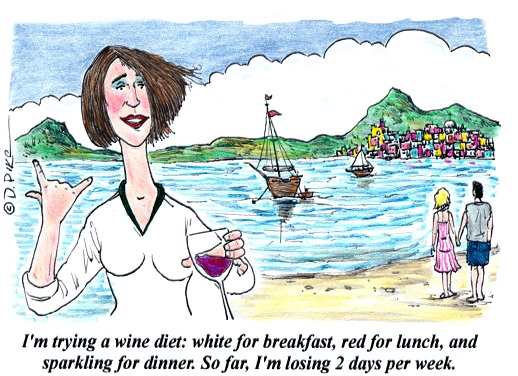
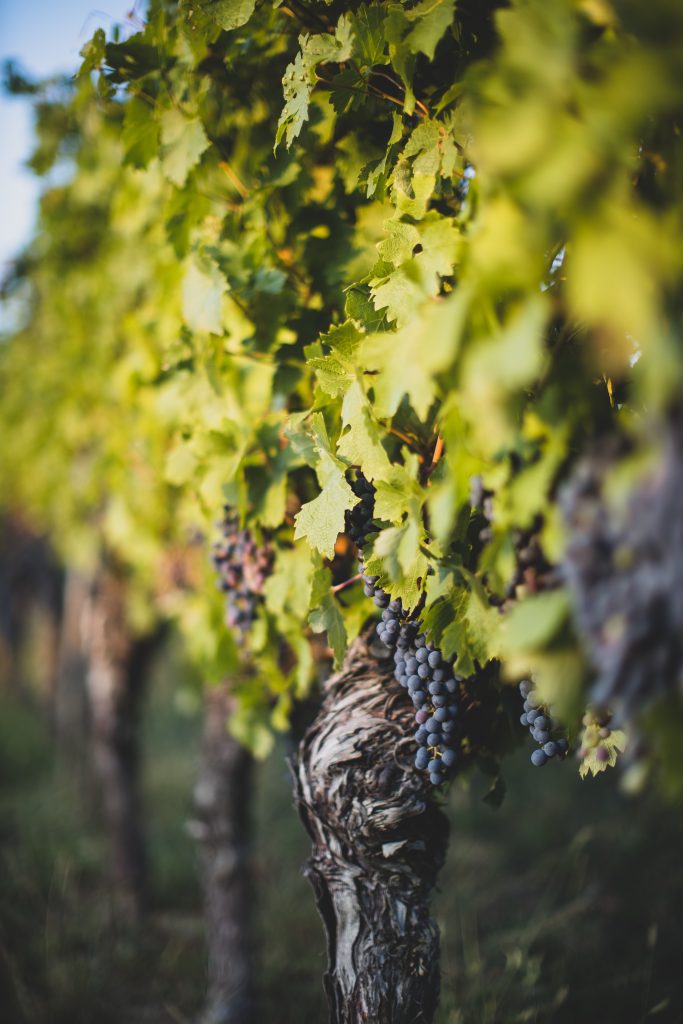
The Next Step
The next step is to swirl the wine gently around the glass. So-called “legs” or “tears,” thin sinewy threads of wine that run down the side of the glass, may appear. Contrary to popular belief, they are not indicative of high glycerol content, but are simply the effect of alcohol on wine’s viscosity, or the way the wine flows. The greater the alcohol content, the less free-flowing, or more viscous, the wine actually becomes.
THERE ARE CERTAIN, CONSTANT FACTORS
that affect the taste and quality of wine. These include location; climate, which determines the ability to grow grapes; vintage, the vagaries of which can make or break a harvest; aspect, responsible for enhancing or negating local conditions; and soil. Also important are viticulture, because the cultivation techniques used can stretch or concentrate varietal character, vinification, which, like cooking methods, can produce a range of options from the same basic ingredient, the winemaker, and grape variety—always the most important factor.
THE TASTE OF WINE
The three “basics” of wine-tasting are sight, smell, and taste, known as “eye,” “nose,” and “palate.”
The first step is to assess the wine’s limpidity, which should be
perfectly clear. Many wines have a deposit, but this is harmless
if it settles to yield a bright and clear wine. If it is cloudy or hazy,
the wine should be discarded.


The next step
The next step is to swirl the wine gently around the glass. So-called “legs” or “tears,” thin sinewy threads of wine that run down the side of the glass, may appear. Contrary to popular belief, they are not indicative of high glycerol content, but are simply the effect of alcohol on wine’s viscosity, or the way the wine flows. The greater the alcohol content, the less free-flowing, or more viscous, the wine actually becomes.
THERE ARE CERTAIN, CONSTANT FACTORS
that affect the taste and quality of wine. These include location; climate, which determines the ability to grow grapes; vintage, the vagaries of which can make or break a harvest; aspect, responsible for enhancing or negating local conditions; and soil. Also important are viticulture, because the cultivation techniques used can stretch or concentrate varietal character, vinification, which, like cooking methods, can produce a range of options from the same basic ingredient, the winemaker, and grape variety—always the most important factor.
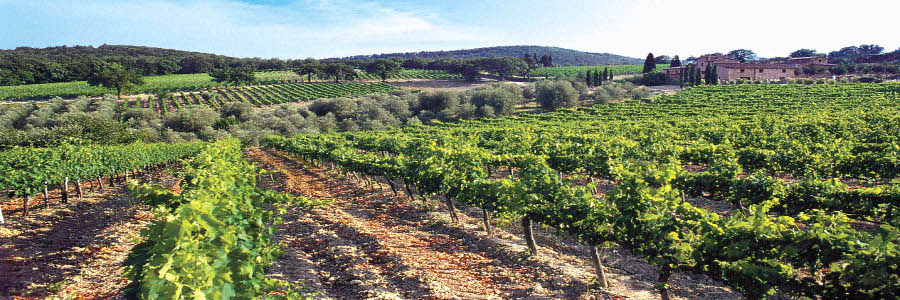
Reviews, Ratings & Kind Words From Famous Wine Cirtics



Contact Info
- 1010 Avenue of the Moon New York, NY 10018 US.
- +393454675428 OR +1(405)563-1879
- larry@woodabinc.com
Connect with us via social media.
Social Media
General Inquiries
To work with an attorney focused on helping you achieve your goals, call us now or send us an email. We promise to return your call promptly.






